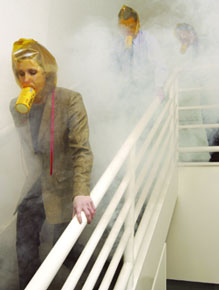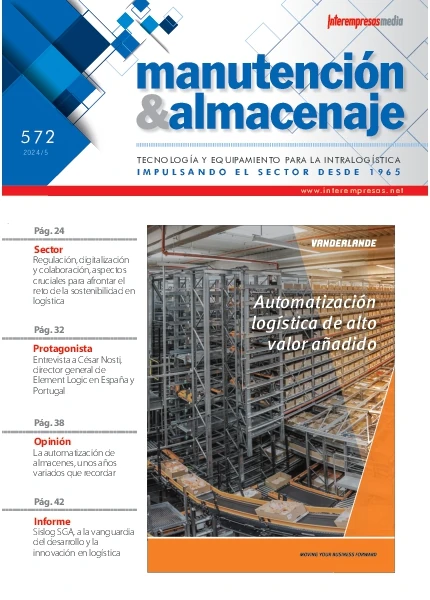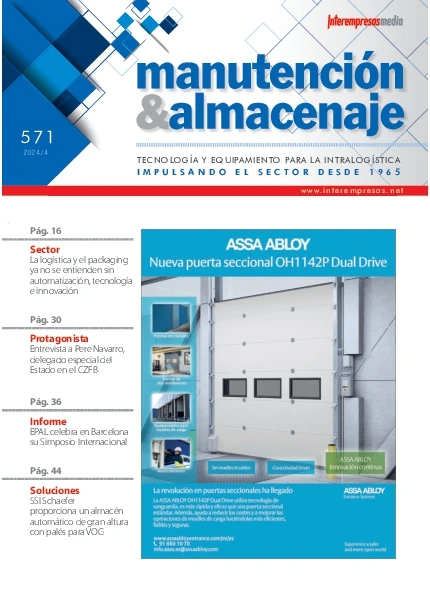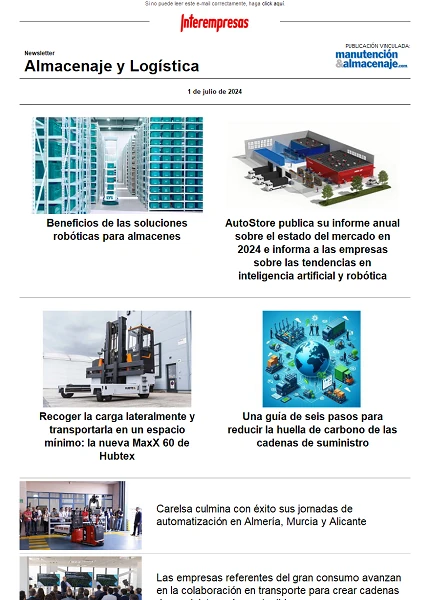Olfactory thresholds and safety of dangerous chemicals

The values referred to in this information are average values from the various existing for each of the substances listed in the bibliography, and must be taken into account that the U.O. are determined in laboratory conditions, usually different from those found in the working environment and without other fragrant substances in the environment, situation that Yes can occur in the workplace.
Variability of the olfactory threshold
In this regard, the Olfativos thresholds not can be used as absolute security limits to detect chemicals by smell before reaching dangerous concentrations.
Safety of olfactory thresholds
To determine the level of security that the detection of a substance by the smell may bring before the value of the U.O. with its lower limit of explosivity (L.I.E.) has been linked to achieve a concentration involving risk of explosion.
To set the security that can bring us the U.O. face chronic or acute health risks, it has been in relation to the threshold limit values or T.L.V. of the American Conference of Governmental Industrial Hygienists (A.C.G.I.H) established for the year 1992-1993 (concentrations of substances found in) (suspension in the air below which it is believed that almost all workers can be exposed repeatedly day after day without suffering adverse health effects), they may be a T.L.V.-T.W.A. (weighted mean concentration in time for a normal 8-hour working day and a 40-hour week)(, which may be exposed almost all workers repeatedly day after day without adverse effects) either unT.L.V-C (concentration that should not exceed at any time during the occupational exposure). For simple asphyxiating gases, which do not possess T.L.V., it has determined a level limit of 14 percent of volume in air, i.e. 140,000 parts per million (p.p.m) for this concentration is to be hoped that the content of oxygen in the air is less than 18 per cent (minimum level of oxygen content) (in the air to be as suitable as for oxygen to the body).
To set the level of security that can bring the scent detection of a chemical from the immediate risk to life or health in the man, has been compared his U.O. with the concentration immediately dangerous to life or health (I.P.V.S.) of that substance (maximum concentration to which)(in case of failure or absence of respiratory equipment could escape within 30 minutes without experiencing severe symptoms or irreversible health effects).

Safety factor
In order to decrease some effects of individual variation in olfactory detection applies a safety factor of form if T.L.V./U.O.; [Irrit.]/ U.O.; I.P.V.S. / U.O. L.I.E/U.O. is 1,000 or more, it can be said that there is acceptable level of safety by the olfactics because more than 50 percent of individuals Lachrymose substance before reaching levels of concentration likely to present the type of acute or chronic risks described above. This occurs for values marked with an asterisk (*) in the final list of chemical substances, not for values that do not lead, in which case means that the relationship is less than one thousand and not offered sufficient security, that less than 50 percent of people olerían the substance before reaching safety, health or life-threatening concentrations.
List of chemical substances
Subsequently are accompanied to 216 precursors concentrations of their U.O. values set out in the year 1986, of 165 L.I.E., of 200 values T.L.V., 119 [Irrit.] and 102 I.P.V.S., all of them expressed in parts per million (p.p.m)except the L.I.E. that is expressed in units of percent of volume in air.
The bibliography can be located in www.mtas.es.

































